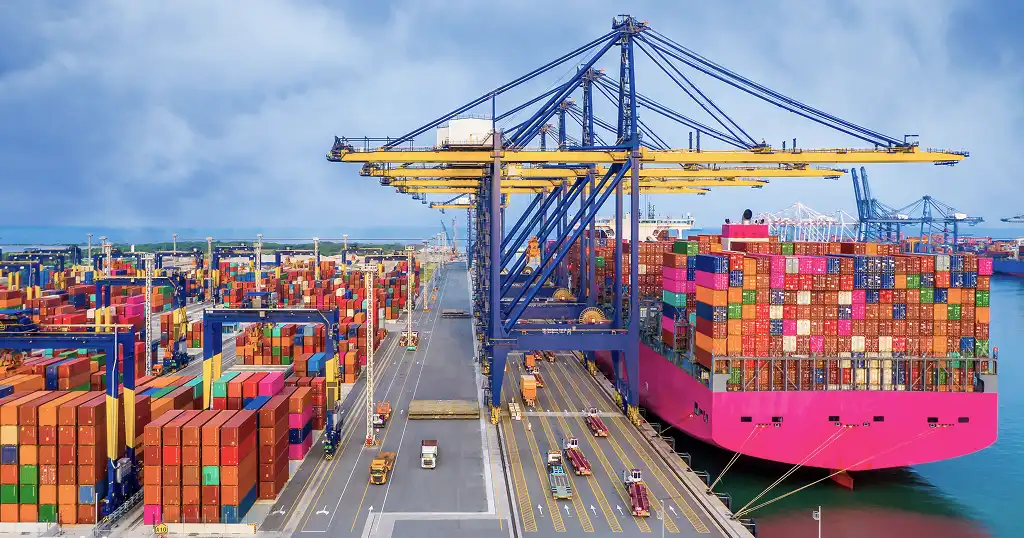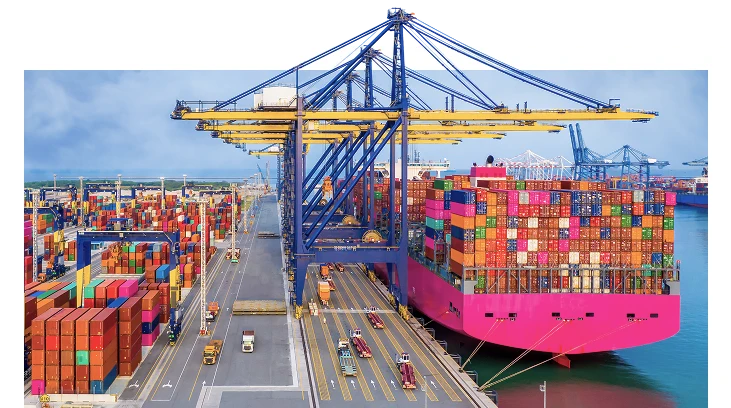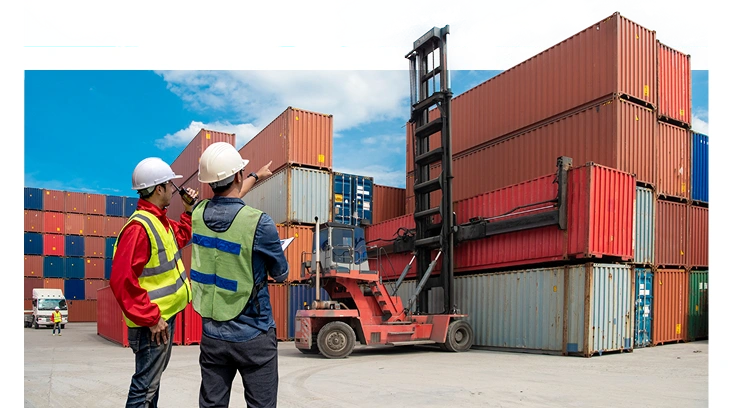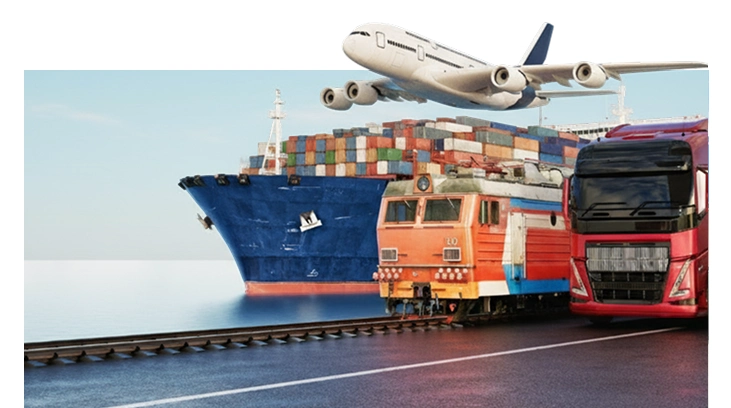Optimizing Supply Chains with Advanced Analytics
Providing real-time, predictive supply chain analytics that unify data and optimize sourcing, production, inventory, logistics, and fulfillment with speed and precision.

Blend historical trends, seasonality, and external signals to forecast demand and optimize inventory. Predictive analytics and AI enable dynamic supply alignment, minimizing stockouts, reducing costs, and improving service levels for a leaner, more resilient supply chain that adapts swiftly to market shifts.
Use historical data, market trends, and AI to forecast demand accurately across products, regions, and time periods.
Balance inventory holding costs and service levels using dynamic models tailored for demand variability and product lifecycles.
Prevent revenue loss and excess costs through real-time monitoring and replenishment alerts driven by forecast deviation.
Enable responsive restocking decisions by integrating point-of-sale data, supplier lead times, and current stock levels.

Optimize planning across product hierarchies and supply chain layers with granular visibility and coordination. Model interdependencies to reduce obsolescence, balance service levels, and align upstream and downstream decisions—driving greater agility, forecast accuracy, and synchronized operations across enterprise networks.
Drive detailed forecasts at the SKU-location level to support accurate inventory, replenishment, and production planning.
Simulate and optimize inventory levels across plants, warehouses, and distribution centers simultaneously.
Adapt planning strategies by SKU maturity, factoring in phase-ins, phase-outs, and demand volatility.
Coordinate inventory targets and replenishment across the full supply network for consistent service levels.

Unlock procurement value with enterprise-wide spend visibility. Consolidate data to analyze supplier costs, compliance, and savings opportunities. Category insights and benchmarking enable smarter negotiations, reduced maverick spend, and strategic alignment, driving efficient sourcing, cost control, and stronger supplier relationships.
Segment and analyze spend by category, geography, and business unit to uncover inefficiencies and savings potential.
Compare supplier pricing and performance to ensure value and competitiveness across sourcing decisions.
Monitor adherence to negotiated terms to reduce leakage and enforce preferred supplier usage.
Spot quick wins and long-term savings by analyzing recurring spend trends and procurement cycle times.

Manage supplier performance and risk with real-time assessments across quality, delivery, and compliance. Advanced analytics evaluate financial health, ESG factors, and geopolitical exposure, enabling predictive risk mitigation and stronger, more transparent supplier networks that support enterprise continuity and resilience.
Measure delivery times, quality rates, and responsiveness across all suppliers to support continuous improvement.
Identify early risk signals using financial indicators, news sentiment, and operational KPIs.
Track supplier adherence to regulatory, ethical, and sustainability standards to ensure responsible sourcing.
Extend performance tracking beyond primary vendors to evaluate risk deeper in the supply chain.

Enable efficient transportation through strategic routing, fleet utilization, and real-time responsiveness. Advanced algorithms reduce fuel costs, improve delivery accuracy, and boost on-time performance. Insights into lane costs, mode selection, and consolidation support sustainable logistics and stronger operational control across enterprise networks.
Adapt delivery routes in real time based on traffic, weather, and priority constraints to reduce delays.
Select cost-effective transport modes and carriers using performance, availability, and shipment characteristics.
Lower costs and emissions by optimizing load sizes and delivery frequency across orders and geographies.
Improve asset use through visibility into fleet capacity, idle times, and route productivity.

Enable live supply chain visibility and proactive disruption response through centralized control towers. Real-time tracking, predictive alerts, and integrated data from carriers and sensors help teams manage exceptions, reduce delays, and maintain customer confidence with accurate ETAs and responsive logistics performance.
Visualize shipment status, delays, and handoffs in real time through interactive dashboards.
Use AI models to forecast delays and trigger early alerts for downstream coordination.
Unify logistics functions into a central hub for real-time decision-making across modes and regions.
Automate response protocols for disruptions, rerouting, and issue resolution with minimal manual intervention.

Integrate planning, sourcing, manufacturing, and logistics data into a unified view. Enable end-to-end visibility across the value chain to uncover gaps, mismatches, and inefficiencies, empowering enterprises to align systems, drive coordinated actions and make data-informed decisions across teams and partners.
Integrate data from ERP, WMS, TMS, and partner systems to build a consolidated supply chain view.
Enable shared visibility into demand, inventory, production, and fulfillment KPIs across teams.
Detect delays and process inefficiencies by mapping flow disruptions across supply nodes.
Support S&OP and IBP processes with synchronized insights from all supply chain stakeholders.










































